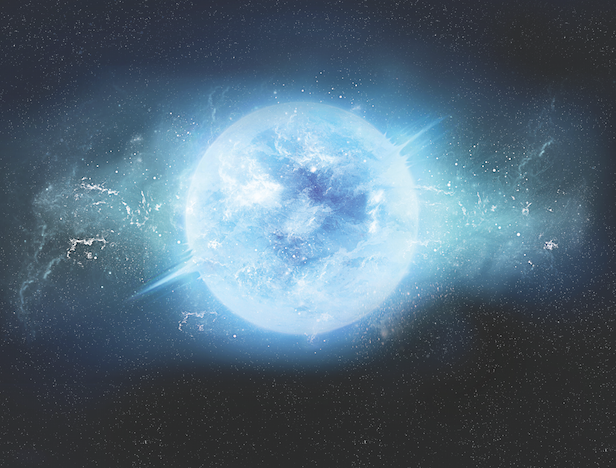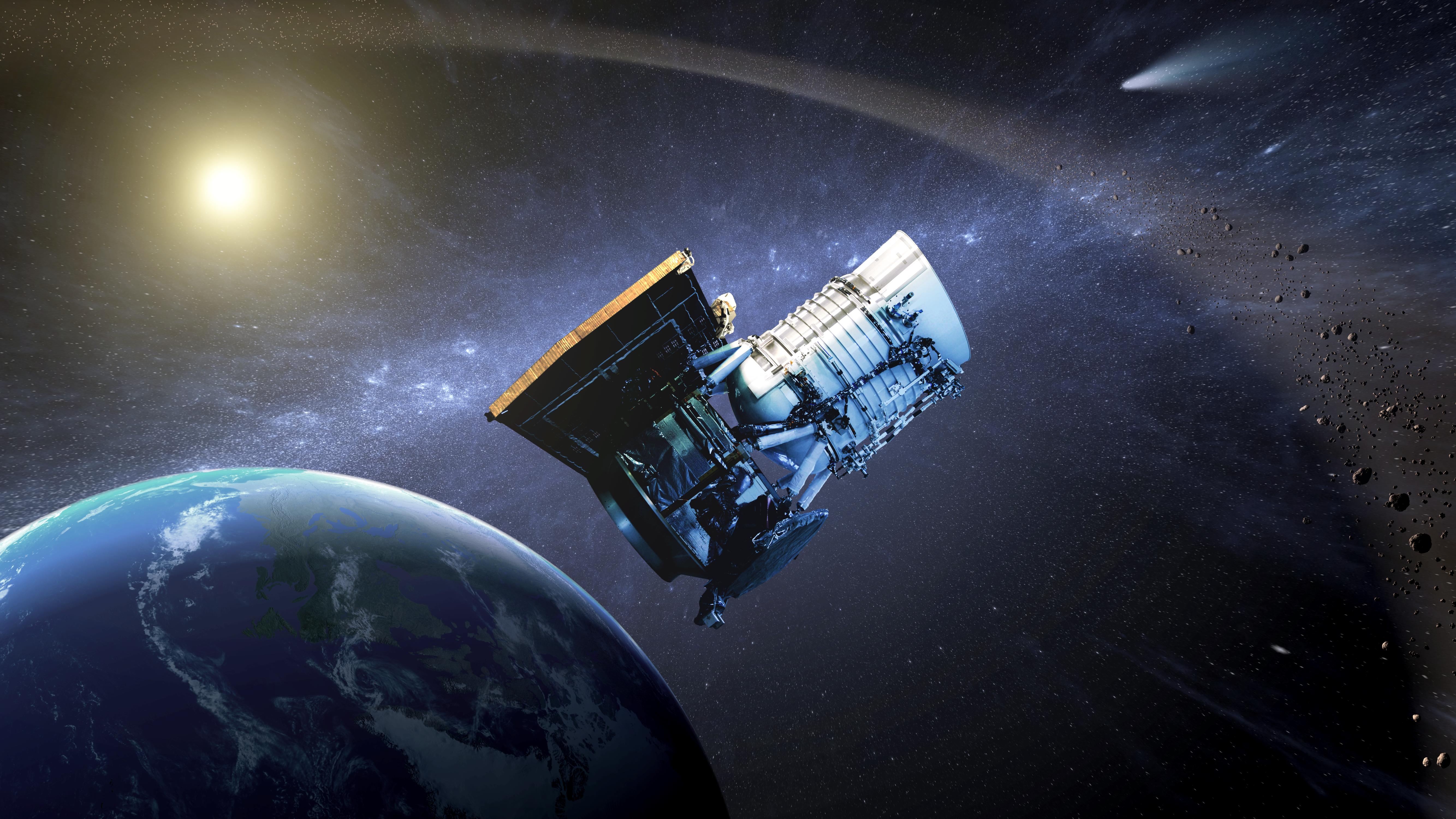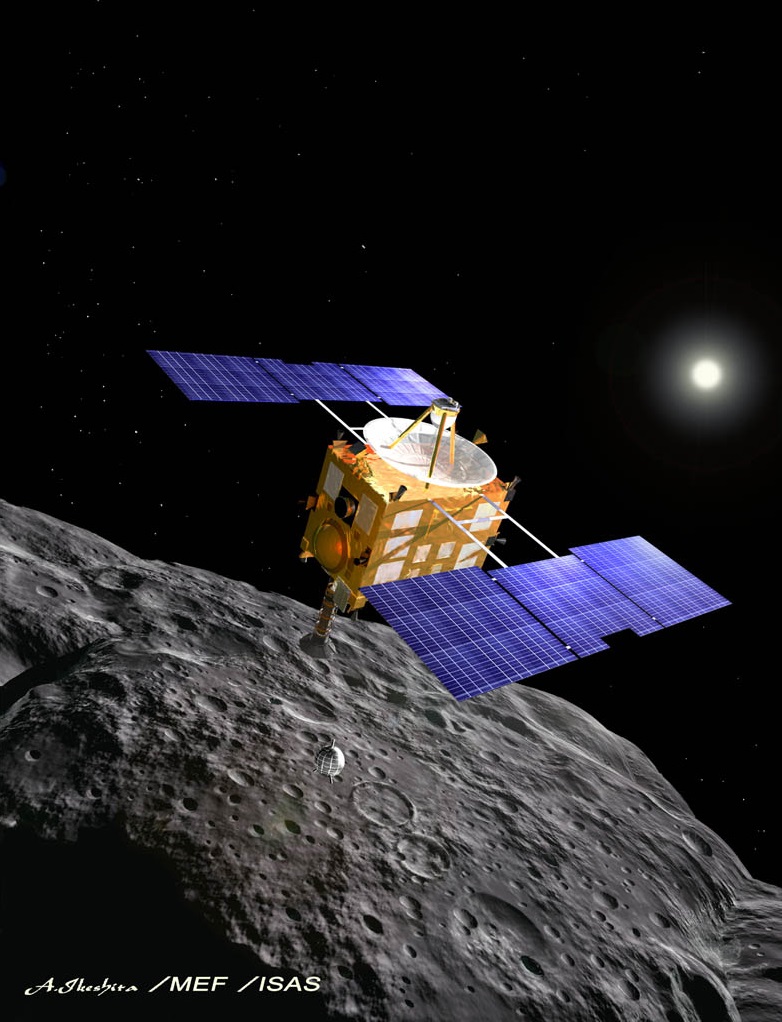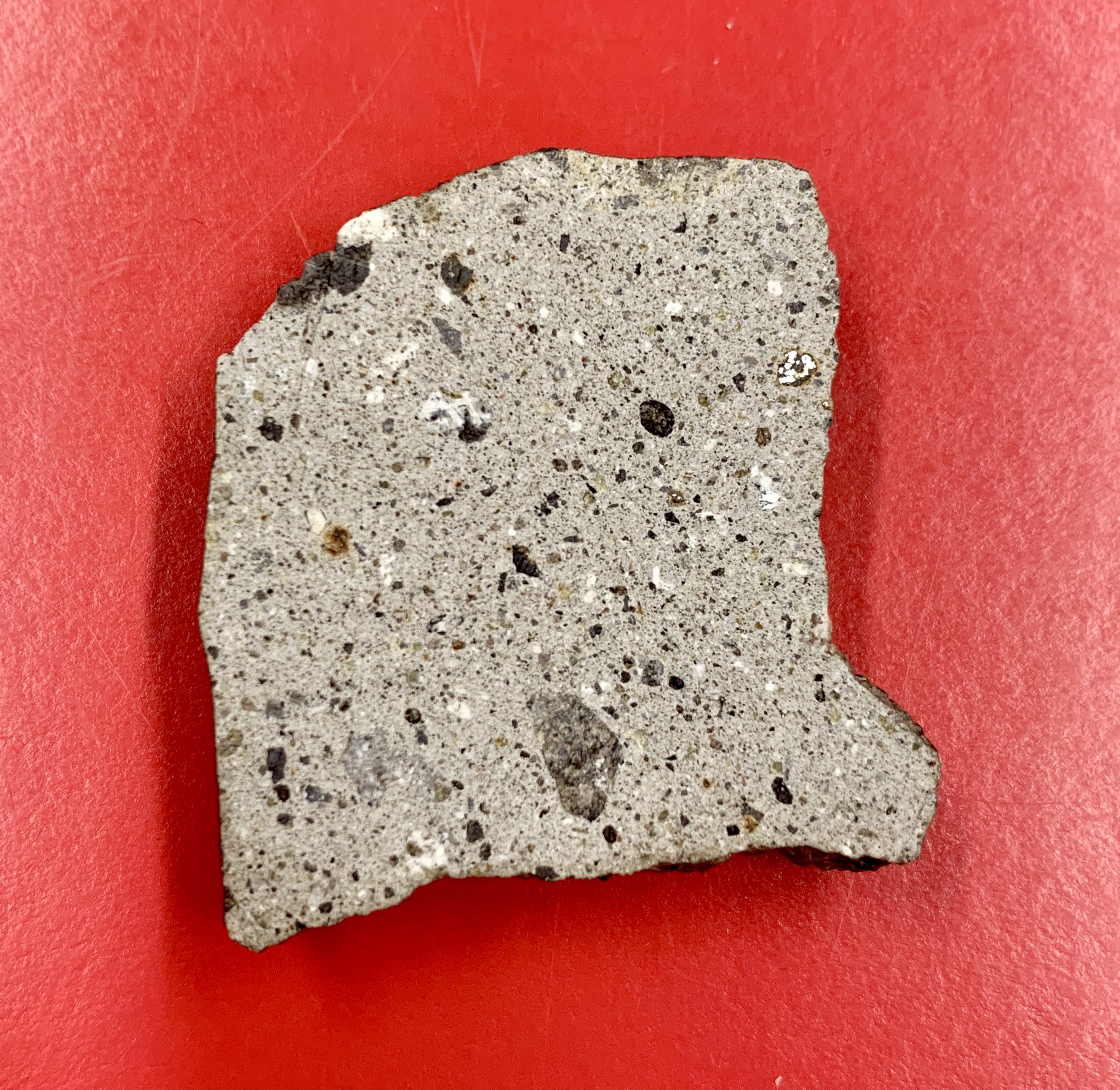Gallery Events
Sep
292019 |
Prof. Ed YoungPolluted White DwarfsLocation: Geology Building - Slichter Room 3656 When a star the size of the Sun has burned all its H and He, it starts to cool by radiation. It eventually becomes very dense; white dwarfs typically contain the mass of the Sun in an Earth-size star. The gravitational field is so strong that elements other than H and He settle out of the atmosphere on a short time scale (months to 106 years). Thus it was a surprise when detailed surveys showed 25% of white dwarfs to be polluted with asteroidal or cometary debris. Recent studies of WD atmospheres thus allow comparison of these pollutants with the smaller materials orbiting our Sun. 
|
Aug
252019 |
Dr. Joe MasieroBefore They Were Meteorites: the Discovery and Characterization of Near-Earth AsteroidsLocation: Geology Building - Slichter Room 3656 Near-Earth asteroids (NEAs) are small objects that have the potential to impact Earth. A small impacting asteroid can deliver meteorites, while larger ones could pose a threat to terrestrial life. Because of this, NASA has undertaken surveys of the sky to search for these NEAs. One of these, the NEOWISE space telescope, uses infrared light to find NEAs and make measurements of their properties such as size and reflectivity. A proposed next-generation telescope, NEOCam, would expand the capability to detect and characterize this population. I will present some exciting results from NEOWISE, and what we can anticipate learning from NEOCam. 
|
Jul
212019 |
Dr. Ming-Chang LiuThe Hayabusa Spacecraft Missions; Returning Samples of Asteroids to EarthLocation: Geology Building - Slichter Room 3656 Despite many problems, Hayabusa 1 was the first spacecraft to sample an asteroid and bring samples back to Earth. Now the Hayabusa2 space mission will attempt to recover surface materials from asteroid 162173 Ryugu. It was launched December 2014, and is currently in the process of surveying the asteroid. The first touchdown to collect surface samples was conducted on February 22, 2019. In this talk, he will discuss the goals of this mission, show some images taken by on-board cameras and discuss what we hope to learn when the samples are brought back to our terrestrial laboratories. Ming-Chang obtained his Ph.D. at UCLA about 10 years ago; he is the manager of the NSF National Ion Probe Facility located here at UCLA. 
|
Jun
92019 |
Dr. David MittlefehldtThe History of Asteroids, Written in StoneLocation: Slichter Room 3853 Our next Gallery Lecture will be presented by Dr. David (“Duck”) Mittlefehldt from the Johnson Spacecraft Center in Houston. Duck is our former student. Achondrites – a subset of stony meteorites – were formed by processes familiar to any terrestrial geologist: melting to form magmas, separation from their sources, and crystallization upon cooling. There are a number of achondrite groups; each from a different asteroid; each with its own story to tell of the geology of its parent asteroid. In this talk, he will discuss the mineralogy, texture, and chemistry of several achondrite groups, and describe how they inform us of the earliest phases of the geologic history of asteroids. 
|
May
182019 |
UCLA 2019 Alumni DayExplore your Universe!Location: Geology 3697 The Meteorite Gallery will be open from 11 p.m. – 4 p.m. with a docent to celebrate UCLA’s 2019 Alumni Day! We will stay open until 5 p.m. for those interested in a self- guided tour. 
|